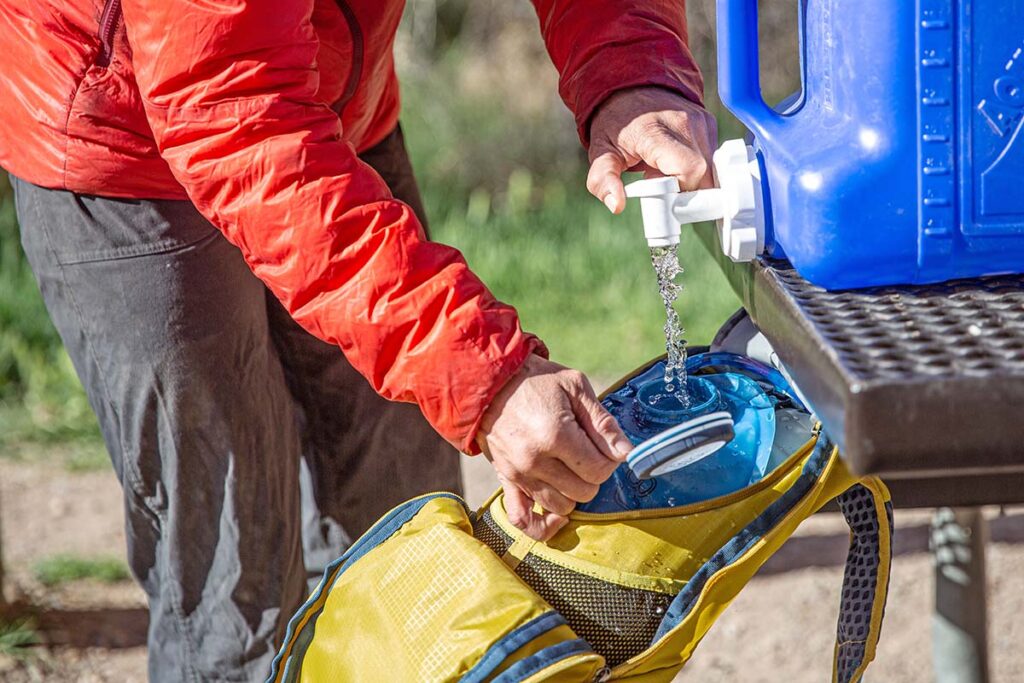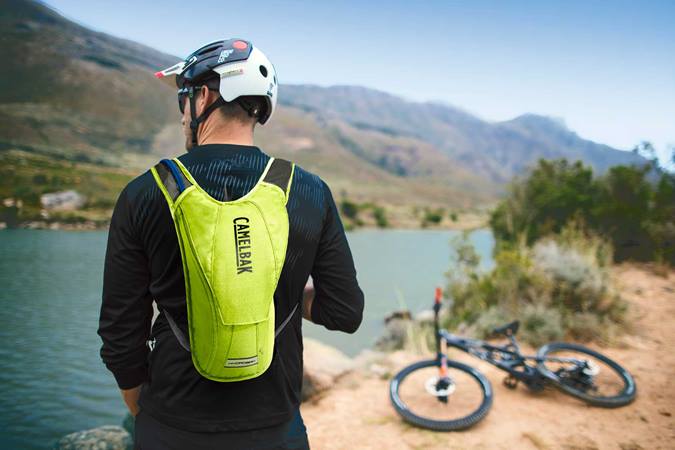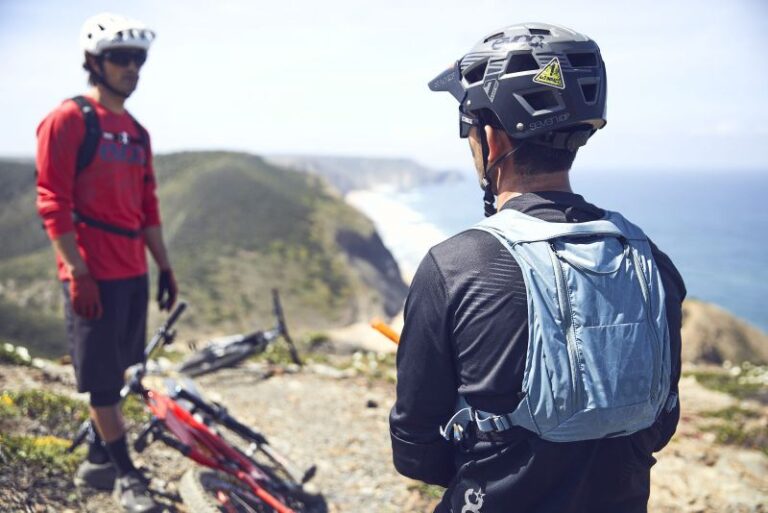Mastering Hydration Pack Storage and Care for Cycling Adventures

Key Point Summary of Hydration Pack Storage and Care:
- Proper Storage Techniques: Best practices for storing hydration packs during off-seasons or when not in use.
- Maintenance and Cleaning: Essential steps for cleaning and maintaining hydration packs to prolong their life.
- My Personal Experience: Sharing my insights on hydration pack care from years of cycling across various terrains.
As a master cyclist who has traversed mountain trails, gravel paths, and cyclocross courses, I understand the importance of proper gear maintenance, particularly for hydration packs. Taking care of your hydration pack not only extends its lifespan but also ensures it’s ready and reliable for your next adventure.
Proper Storage Techniques
Finding the Right Spot: Hydration packs should be stored in a cool, dry place. Avoid areas with extreme temperatures or direct sunlight, which can degrade the materials. I make a point of hanging mine in a dedicated space in my garage, away from moisture and heat.
Preparing for Storage: Before storing your pack, make sure it’s clean and completely dry, both inside and out. This prevents mold and unpleasant odors. I learned this the hard way after neglecting my pack post-ride, only to find it moldy later.

Maintenance and Cleaning
Regular Cleaning Is Key: After each use, especially during long rides, clean the reservoir and hose thoroughly. I use mild soap and warm water, ensuring every nook and cranny is reached. For deeper cleaning, a mixture of baking soda and water works wonders.
Drying Out the Pack: Post-cleaning, make sure the pack is fully dry. I hang mine upside down with the reservoir open to ensure proper air circulation. This step is crucial to prevent mold growth.
Checking for Wear and Tear: Regular inspections for any damage or wear are essential. Look out for leaks, loose threads, or broken zippers. Early detection means easier repairs and a longer lifespan for the pack.

Expert Tips
Investing in Quality: Choosing a high-quality hydration pack can make a big difference in durability and ease of maintenance. From my experience, reputable brands often offer packs that are easier to clean and maintain.
A Routine That Works: Integrating pack care into your post-ride routine ensures it’s never overlooked. I make it a habit to empty, rinse, and hang my pack after every ride.
For specific storage solutions for hydration packs, The Pro’s Closet offers a range of hydration packs that include built-in water reservoirs and hoses for easy drinking. These packs are designed with multiple storage compartments, allowing efficient organization of gear and essentials like snacks, tools, and extra layers. Additionally, some models feature integrated tool storage, which is particularly useful for bikers and hikers, as it provides quick access to necessary tools for on-the-go adjustments or repairs.
The ones which I found some specific models of hydration packs from The Pro’s Closet that include features like multiple storage compartments, integrated tool storage, and ventilated back panels. These packs are designed for outdoor activities like biking and hiking, offering convenience and comfort:
- CamelBak Classic Light Hydration Pack: Known for its lightweight design and practical features.
- Nathan QuickStart 2.0 3 Liter Hydration Pack: Offers 360-degree hydration and is ideal for outdoor enthusiasts.
- CamelBak Hydrobak Light 50 oz. Hydration Pack: A compact and breathable option for cyclists.
- Nathan QuickStart 2.0 4 Liter Hydration Pack: Another variant from Nathan, providing ample storage and hydration capacity.
- CamelBak H.A.W.G. Pro 20 100 oz. Hydration Pack: Designed for longer adventures, with extensive storage capacity.
Many of these hydration packs also come with ventilated back panels to ensure comfort during outdoor activities by allowing air circulation and even weight distribution. These features make hydration packs from The Pro’s Closet a practical choice for outdoor enthusiasts looking for both hydration and storage solutions.
FAQ
How do you store CamelBak after use?
To store a CamelBak after use, follow these steps:
- Empty and Clean: Empty any remaining water and clean the bladder and tube with mild soap and warm water.
- Dry Thoroughly: Allow the bladder and tube to dry completely. You can hang them open to ensure air circulation.
- Store Dry: Once dry, store the CamelBak in a cool, dry place. Avoid direct sunlight and tight spaces where air circulation is limited.
Proper cleaning and drying are crucial to prevent mold and bacteria growth, ensuring your hydration pack remains safe and hygienic for the next use.
Can you put water bladder in fridge?
Yes, you can put a water bladder in the fridge. This can be a good way to keep the water cool for your next use. However, it’s important to ensure the bladder is properly sealed to prevent any leakage. Also, remember to clean and dry the bladder thoroughly after each use to maintain hygiene and prevent any bacterial growth. Storing a clean, dry bladder in the fridge can be an effective way to have cool water ready for your outdoor activities.
How long can you keep water in a hydration pack?
It’s generally recommended not to keep water in a hydration pack for more than a day or two. After use, it’s best to empty the pack, clean it, and let it dry completely to prevent the growth of bacteria and mold. If the hydration pack is not going to be used for an extended period, it should be stored dry. Keeping water in the pack for too long, especially if it’s not cleaned regularly, can lead to hygiene issues and potentially affect the taste and safety of the water.
Concluding Thoughts
Caring for your hydration pack is crucial for any cyclist. Proper storage, regular cleaning, and maintenance can greatly extend the life of your pack and ensure it’s always ready for your next cycling adventure. Remember, a well-maintained hydration pack is not just a convenience, but a companion on your rides.
John






